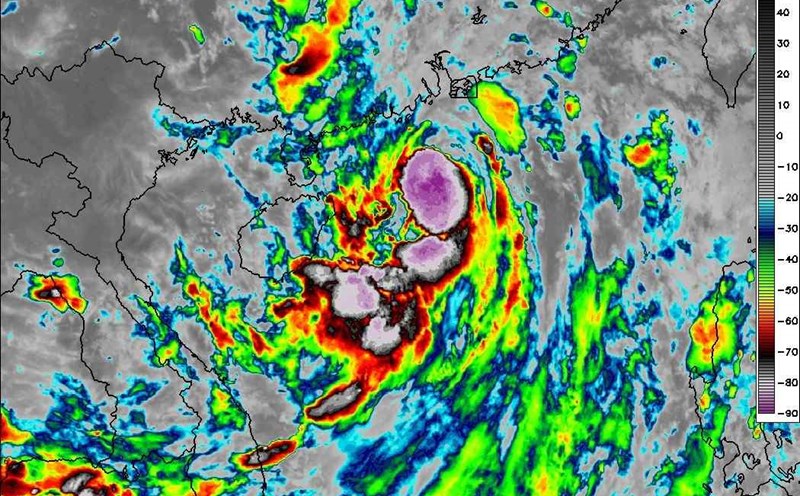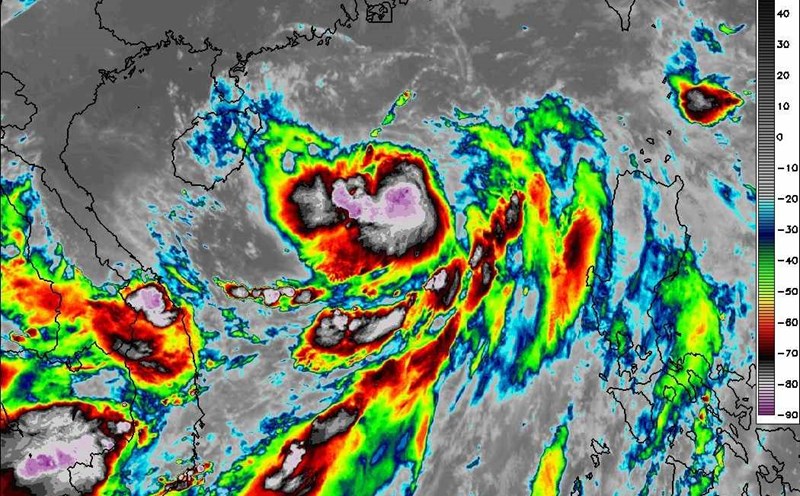The world does not only have the four oceans it has long had - the Pacific, Atlantic, Indian Ocean and North East Sea - but scientists have officially recognized the existence of the "Southern Ocean" surrounding the South pole.
The name "Southern Ocean" has been used by scientists for a long time, but it was not until 2021 that the National Geographic Society decided to put it on the official map as the world's 5th ocean.
The Southern Ocean has long been recognized by scientists, but due to the lack of international consensus, we have never officially recognized it, explains geographer Alex Tait of the National Geographic Society.
In fact, this sea area surrounds the entire South pole, the coldest water belt on the planet, controlled by the extremely strong Antarctic Circumpolar Current. This is also the only ocean that embraces a continent instead of being surrounded by continents.
Those who have set foot here all confirm that the scene in this "new ocean" is difficult to describe in any language. The forest here is greener, the air is colder, the mountains are more intense, and the scenery is so majestic that it makes everything else bland.
No one can fully explain its appeal, but everyone agrees that it has a surreal beauty, said Seth Sykora-Bodie, an ocean scientist at the National Oceanic and Atmospheric Administration (NOAA) and an explorer with the National Geographic Society.
According to experts, the separation of the "Southern Ocean" has great scientific and environmental significance. The waterways here not only affect the global climate but also play a role in regulating the marine ecosystem. The official naming and recognition helps raise public awareness of the need to protect the waters around the South pole - which are under heavy pressure from climate change.
Ocean explorer Sylvia Earle emphasized: The South China Sea is special in that it touches all three other oceans, and is the only arm of a continent.
Does the 5th ocean have waves to surfy like other oceans? The seemingly funny question caught the attention of researchers. The answer is... yes, but those are special waves formed from giant ice blocks separated from ice and pouring into the sea, creating a majestic scene no less majestic than anywhere else in the world.












